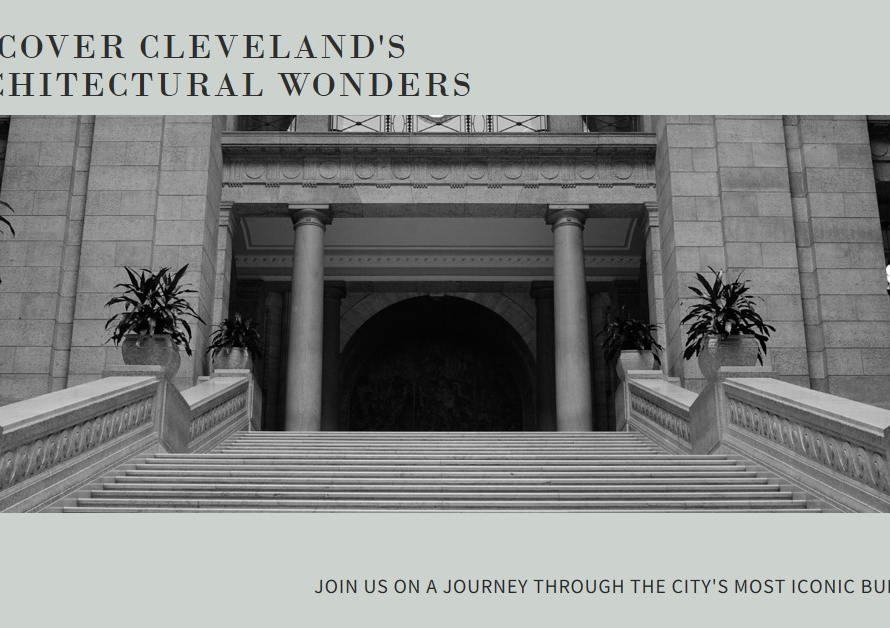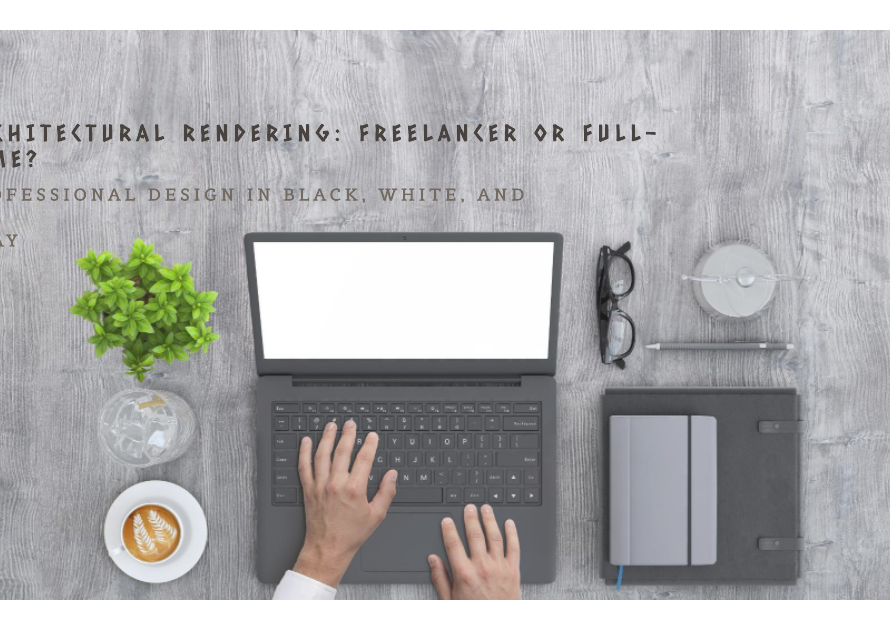
Table of Contents
Blender has emerged as a powerful ally for architects and designers seeking to create immersive and realistic visualizations of architectural projects. Its versatile toolset, combined with a robust rendering engine and a vibrant community, makes Blender a top choice for professionals and enthusiasts alike in the field of architectural visualization. In this comprehensive guide, we delve into the intricacies of using Blender for architectural visualization, exploring its key features, workflow efficiencies, and practical tips to unlock the full potential of your design visions.
1. Introduction to Blender for Architecture: A Dynamic Toolset
Blender’s prowess extends beyond its open-source nature; it offers a comprehensive suite of modeling, rendering, and animation tools tailored for architectural projects. Whether you’re designing residential spaces, commercial complexes, or urban landscapes, Blender provides the necessary tools and workflows to bring architectural concepts to life with precision and creativity. From conceptual sketches to photorealistic renders, Blender’s intuitive interface and powerful features empower architects to visualize designs in captivating detail, facilitating effective communication with clients, stakeholders, and project teams.
2. Model Mastery: Crafting Architectural Elements with Precision
Blender’s modeling capabilities enable architects to create detailed and accurate 3D representations of buildings, interiors, and site elements. Using polygonal modeling techniques, Boolean operations, and parametric modeling tools, architects can construct architectural elements such as walls, floors, windows, doors, and intricate details with ease. Blender’s support for CAD file formats streamlines the integration of architectural drawings and plans into the 3D environment, providing a solid foundation for creating realistic and functional architectural models that align with design specifications and project requirements.
3. Material Magic: Realistic Surfaces and Textures
Achieving realistic material finishes is paramount in architectural visualization, and Blender offers a range of tools and techniques to create lifelike surfaces and textures. From basic shaders to complex material nodes and procedural textures, Blender’s material editor allows architects to simulate materials such as wood, glass, concrete, metals, and fabrics with precision and accuracy. Blender’s UV unwrapping tools facilitate the mapping of textures onto 3D models, ensuring seamless and realistic material application across architectural elements. By harnessing Blender’s material capabilities, architects can enhance visual fidelity, showcase design intent, and evoke emotional responses through realistic material representations in their visualizations.
4. Lighting Excellence: Illuminating Architectural Spaces
Lighting plays a crucial role in architectural visualization, defining spatial ambiance, highlighting design features, and conveying mood and atmosphere. Blender’s lighting tools, including point lights, area lights, spotlights, and environment lighting, allow architects to create dynamic and realistic lighting scenarios within their visualizations. Coupled with HDR image-based lighting (IBL) and physically based rendering (PBR) workflows, Blender enables architects to simulate natural lighting conditions accurately, experiment with different lighting setups, and achieve photorealistic renderings that showcase architectural spaces in their best light.
5. Camera Composition: Capturing Architectural Details
The art of architectural visualization extends beyond modeling and texturing; it involves capturing compelling viewpoints and compositions that showcase design intent and spatial relationships effectively. Blender’s camera tools and composition techniques empower architects to frame architectural scenes, adjust camera settings such as focal length and depth of field, and create visually engaging renderings and animations. By leveraging Blender’s camera controls, architects can guide viewers’ attention to key design elements, highlight architectural features, and convey the experiential qualities of built environments, enhancing the overall storytelling and impact of architectural visualizations.
6. Realistic Rendering: Bringing Designs to Life
Blender’s rendering engines, namely Cycles and Eevee, offer architects versatile options for rendering architectural visualizations with exceptional realism and visual quality. Cycles, known for its path-tracing capabilities, delivers photorealistic renders with accurate lighting, reflections, and materials, making it ideal for high-fidelity architectural renders and still images. On the other hand, Eevee’s real-time rendering capabilities provide immediate feedback during the design process, allowing architects to iterate quickly, explore lighting scenarios, and preview materials and textures in real-time, enhancing workflow efficiency and creative exploration.
7. Animation Applications: Visualizing Spatial Dynamics
While static renders excel at showcasing architectural details, animations add a layer of dynamism and narrative to architectural visualizations, allowing viewers to experience spaces in motion. Blender’s animation tools enable architects to animate camera movements, object interactions, daylight studies, and environmental changes within architectural scenes. Whether creating walkthroughs, flyovers, or conceptual animations, Blender’s timeline editor, keyframe animation tools, and physics simulations empower architects to communicate design concepts, spatial flows, and user experiences effectively through motion and storytelling.
8. Post-Processing Power: Refining Visual Outputs
The post-processing stage in architectural visualization involves fine-tuning rendered images and animations to enhance visual impact, correct imperfections, and add artistic effects. Blender’s compositor, equipped with node-based editing functionalities, allows architects to apply color grading, add depth of field effects, adjust contrast and exposure, and incorporate visual effects seamlessly. By leveraging Blender’s post-processing capabilities, architects can elevate the overall quality of their visual outputs, create stylized renderings, and achieve cinematic effects that resonate with viewers and stakeholders.
9. Integration with External Tools: Streamlining Workflows
Blender’s versatility extends to its compatibility with external tools, plugins, and asset libraries, enhancing workflow efficiencies and expanding creative possibilities for architects. Integration with architectural design software, CAD formats, rendering plugins, and asset repositories enables seamless data exchange, collaborative workflows, and access to a vast library of pre-built assets, textures, and materials. Architects can leverage Blender’s open-source ecosystem and community-driven resources to augment their workflows, enhance productivity, and tap into a global network of creative and technical expertise within the architectural visualization domain.
10. Future Trends and Innovations: Advancing Architectural Visualization


As technology evolves, so do the possibilities in architectural visualization, and Blender remains at the forefront of innovation, adaptation, and creative exploration. Emerging trends such as real-time ray tracing, AI-driven workflows, virtual and augmented reality integration, and cloud rendering solutions are reshaping how architects visualize, present, and collaborate on architectural projects. Blender’s adaptability, community-driven development model, and commitment to open standards position it as a key player in shaping the future of architectural visualization, offering architects the tools and platforms to realize their design visions with unprecedented realism, interactivity, and impact in the digital age.
Conclusion: Empowering Architectural Visionaries with Blender
Blender’s role in architectural visualization goes beyond software; it embodies a philosophy of empowerment, creativity, and innovation for architects navigating the complexities of design communication, visualization, and presentation. By embracing Blender’s comprehensive toolset, workflow efficiencies, and collaborative ecosystem, architects can unleash their creative potentials, visualize design concepts with unparalleled realism, and engage stakeholders and audiences in immersive architectural experiences that transcend traditional boundaries. Whether you’re a seasoned professional or an aspiring architect, Blender remains a transformative ally in your journey to craft compelling, visionary, and impactful architectural visualizations that inspire, inform, and shape the built environment of tomorrow. Explore, create, and redefine architectural excellence with Blender as your trusted companion and catalyst for architectural innovation and imagination.


